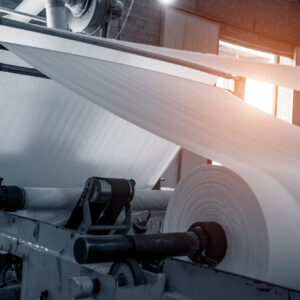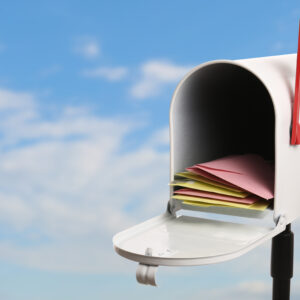There are limitless choices of paper or “stock” as we like to call it but it all boils down into to main categories. Coated Paper and Uncoated Paper.
Coated Paper
Coating is a process by which paper is coated using blades or rollers to apply the coating agent for improved brightness or printing properties. This process of “sealing” the the paper allows the coating to fill in the tiny crevices between the fibers of the paper to give it a smooth, flat surface. Depending on the type of coating used it can greatly improve the absorption ability, opacity, and luster (shininess) of the stock.
Coating papers reduce dot gain by restricting ink from absorbing into the surface of the paper. This sealant allows for crisper printing, particularly photos, gradients and fine detailed images. Coated stocks have numerous sheen options: gloss, matte, dull and satin finishes.
Gloss – gloss coated stock is exactly what you think it might be – shiny! Think of magazine covers and catalog pages. Gloss papers are typically less bulky than their dull and matte counterparts of equal thickness – and less expensive.
Dull – dull finish coated stock has a smooth surface paper that is low in gloss/ shine and falls between matte and glossy paper.
Matte – a matte coated stock has been coated to look flat with very little light reflected. Many matte coatings feel soft and smooth to the touch, similar to velour or satin fabric. Matte papers tend to be heavier and more expensive than gloss papers.
Disadvantages of Coated Paper: Fingerprints, can be hard to read in sunlight (gloss), prone to scratches, expensive.
Uncoated Paper
Uncoated paper stock has not been coated with any sealants and is typically used for letterheads and other office stationery. The most familiar kind of uncoated paper is printing paper. When paper is uncoated, it absorbs more ink into the paper. Uncoated papers can be smooth or can be textured and many business cards use uncoated linen stock.
Disadvantages of Uncoated Paper: soaks more ink into the stock so it is not best for crisp images that have fine detailing.
If you have questions or aren’t sure what paper to use for your printing project give us a call and we’ll be happy to help. (484) 243-6167.



